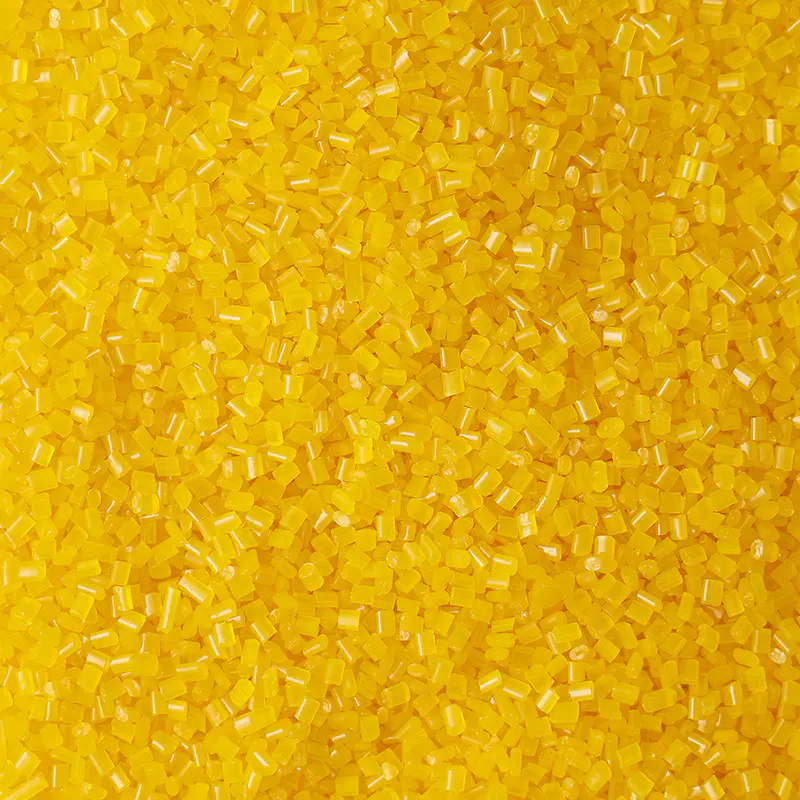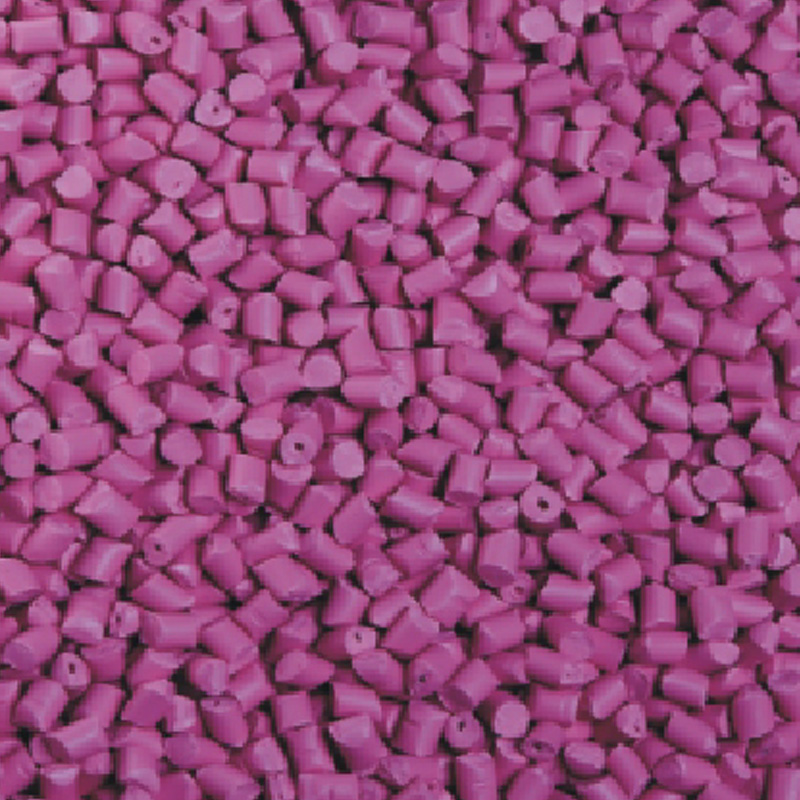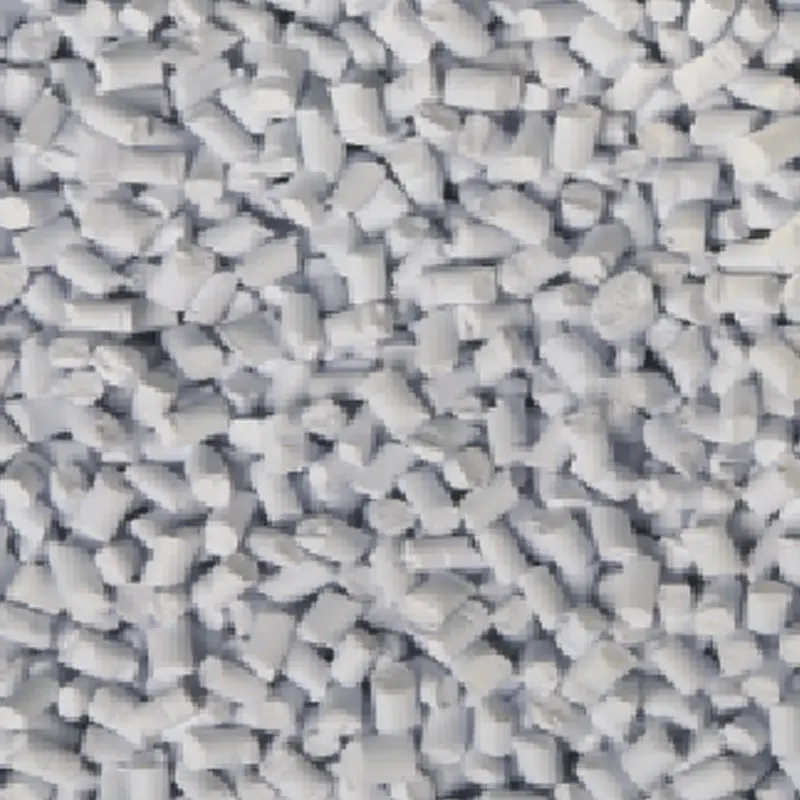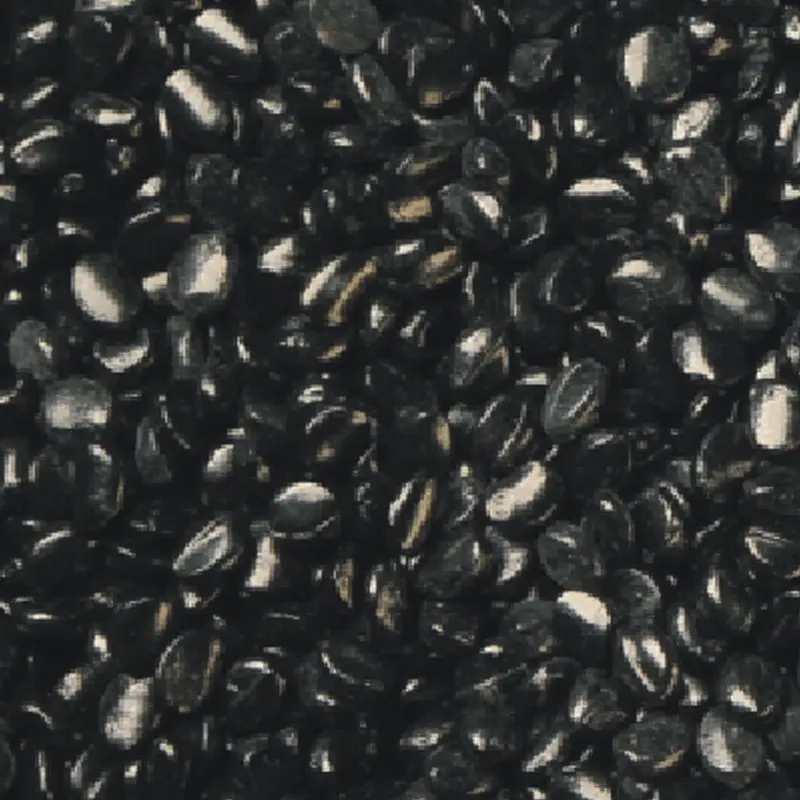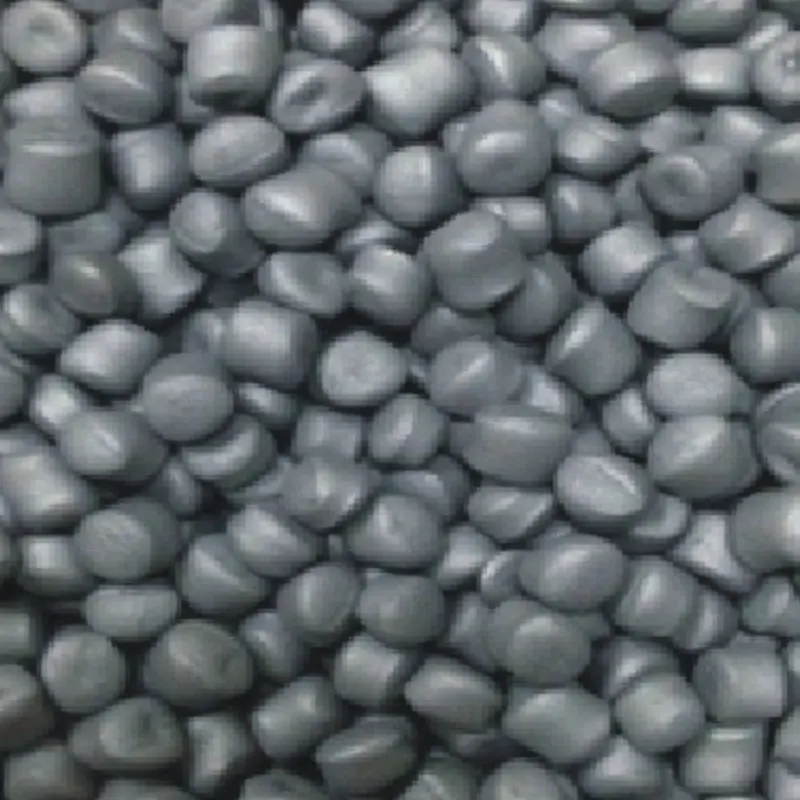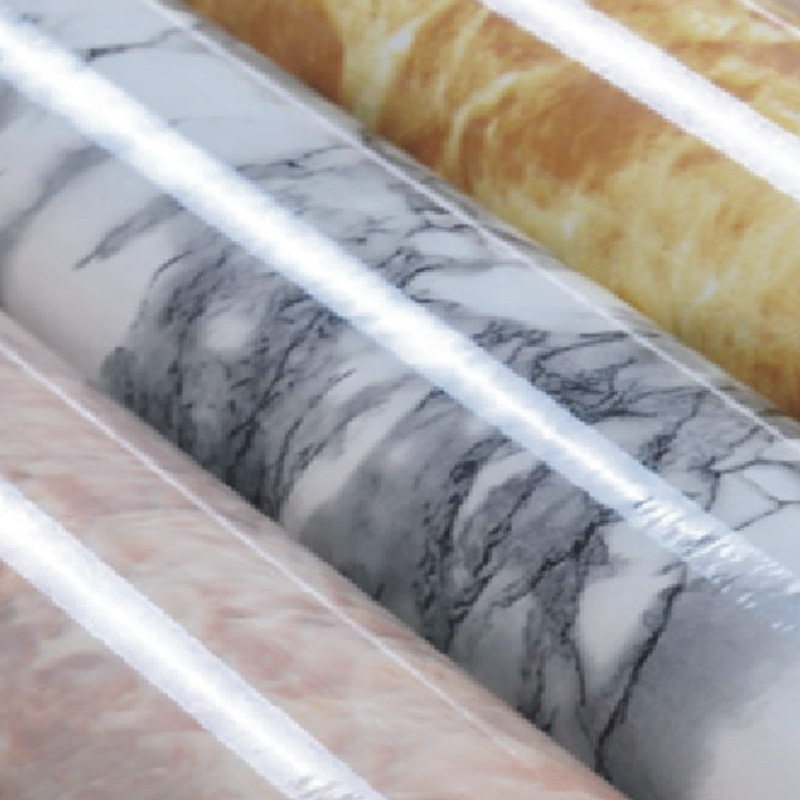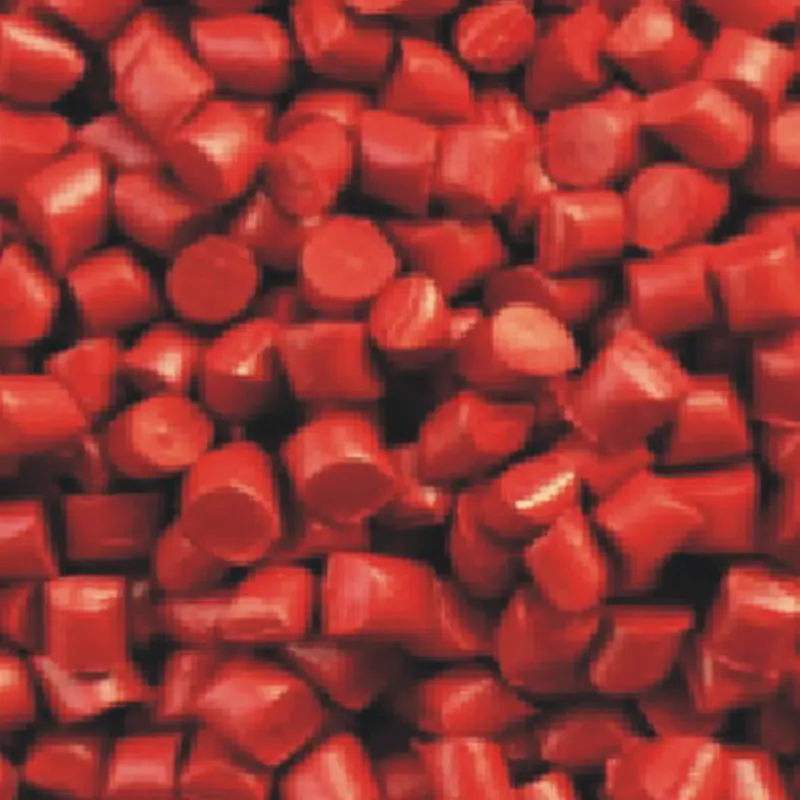The Injection Color Masterbatch industry is experiencing several noteworthy trends that are shaping its development and application across various sectors. These trends reflect changes in consumer preferences, technological progress, and environmental concerns, which together influence the direction of the market and the capabilities of masterbatch producers.
One of the visible trends in the Injection Color Masterbatch industry is the growing focus on sustainability. Manufacturers are increasingly exploring eco-friendly pigments and carriers that reduce environmental impact. This shift is in response to stricter regulations and a broader societal push towards sustainable products. As a result, masterbatches formulated with bio-based or recyclable components are gaining attention. The challenge lies in maintaining color quality and processing performance while incorporating these sustainable materials.
Another important trend is the rise of customization. Customers in industries such as packaging, automotive, and consumer goods are seeking unique colors that differentiate their products. This demand has encouraged Injection Color Masterbatch manufacturers to develop flexible production systems capable of handling smaller batch sizes and rapid color changes. Advances in formulation technology also allow for more precise color matching, ensuring consistency even in custom orders.
The integration of functional additives within Injection Color Masterbatch formulations is becoming more common. Besides coloring, these masterbatches may provide properties like UV resistance, flame retardancy, or antimicrobial effects. This multifunctionality adds value to plastic products and meets growing requirements for performance and safety. Incorporating such additives requires careful balancing to ensure that the color and additional properties do not negatively affect each other.
Technological advancements have also impacted the production process of Injection Color Masterbatch. Automation and real-time quality monitoring help maintain consistent pigment dispersion and reduce waste. Modern compounding equipment supports the creation of complex color effects such as metallic or pearlescent finishes, which are popular in certain market segments. These technologies improve efficiency and product reliability.
The trend towards digital color management is gaining momentum. Using advanced software for color formulation and matching helps manufacturers meet tight color tolerances and reduces the need for physical samples during product development. Digital tools also facilitate quicker response times to market changes and customer requests. This development is especially useful in industries where seasonal or limited-edition color variations are common.
Regional preferences continue to influence the Injection Color Masterbatch industry. Different markets favor specific color palettes based on cultural and climatic factors. For example, some regions may prefer bright and bold colors, while others lean towards neutral or pastel tones. Understanding these preferences enables manufacturers to tailor their product offerings and expand their reach.
The adoption of nanotechnology within the Injection Color Masterbatch field is a growing area of interest. Nanopigments and nanofillers can improve color intensity, durability, and add new functionalities such as improved UV stability. However, handling nanomaterials demands specific manufacturing controls and safety measures. As research progresses, this trend may offer new possibilities for advanced masterbatch products.
The increasing use of lightweight plastics in the automotive and packaging sectors also affects the Injection Color Masterbatch industry. Lightweight materials often require masterbatches with high pigment concentration to achieve the desired color intensity in thinner walls. This trend encourages the development of more concentrated and effective color formulations.
Recycling is becoming a critical consideration in the production and application of Injection Color Masterbatch. Masterbatches designed to be compatible with recycled plastics or that aid in the recycling process itself are gaining importance. This compatibility helps maintain the quality of recycled products and supports circular economy goals.
Another emerging trend is the focus on transparency and clarity in colored plastics. Applications in packaging and consumer goods benefit from masterbatches that provide vibrant colors while maintaining translucency. Achieving this balance requires precise pigment selection and dispersion techniques during Injection Color Masterbatch production.

 English
English Español
Español русский
русский
